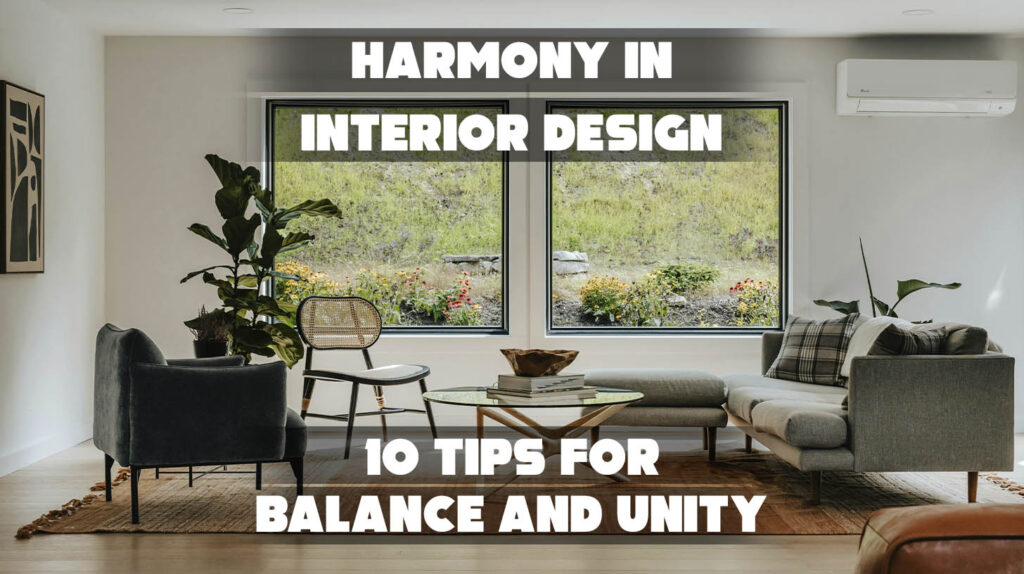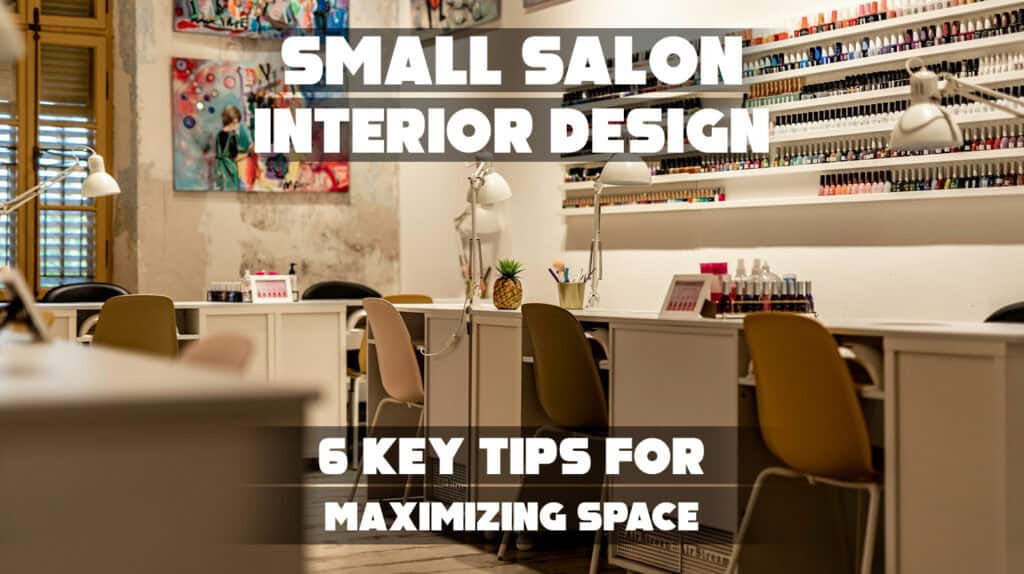Inspired by Steampunk architecture but unsure how to bring it into your space? If you crave more than generic designs—something that blends vintage elegance with industrial flair—you’re in the right place.
Bringing a Victorian-inspired, steam-powered design to life can feel overwhelming—but you’re not alone. At Landmarks Architects, we specialize in helping clients bring bold ideas to life.
In this article, you’ll discover:
- The historical roots and key influences of the Steampunk architecture style
- Distinctive features and design elements that define this aesthetic
- Real-world buildings that showcase steampunk brilliance
- Tips on incorporating steampunk style into your own space
- The cultural relevance and future of steampunk design
Ready to turn gears, brass, and imagination into architectural magic? Keep reading to unlock the full potential of Steampunk architecture style—and make your space one-of-a-kind.
- 1. Origins and Influences of the Steampunk Architecture Style
- 2. Key Characteristics of Steampunk Architecture
- 3. Real-World Examples of Steampunk Style Buildings
- 4. How to Incorporate Steampunk Style into Your Space
- 5. The Cultural Significance and Future of Steampunk Architecture
- Steampunk Architecture Style: A Recap
- FAQ
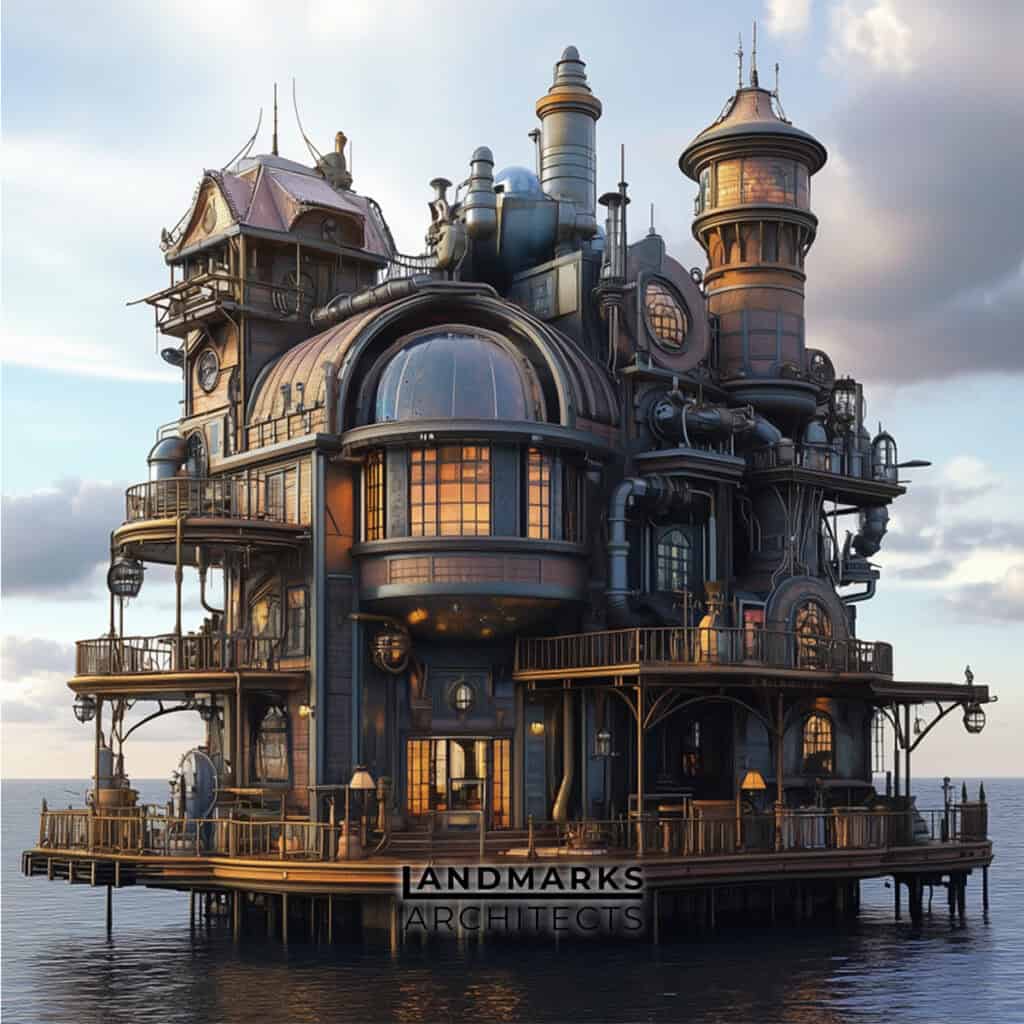
1. Origins and Influences of the Steampunk Architecture Style
The steampunk style comes from the Victorian era. It mixes fancy designs with new technology. The Industrial Revolution, steam power, and science fiction all shape this creative style.
- Victorian Era: The Victorian era started the steampunk architecture style. It mixed fancy designs with a love for new technology. Steampunk draws on Victorian styles, incorporating arches, turrets, and wrought-iron details.
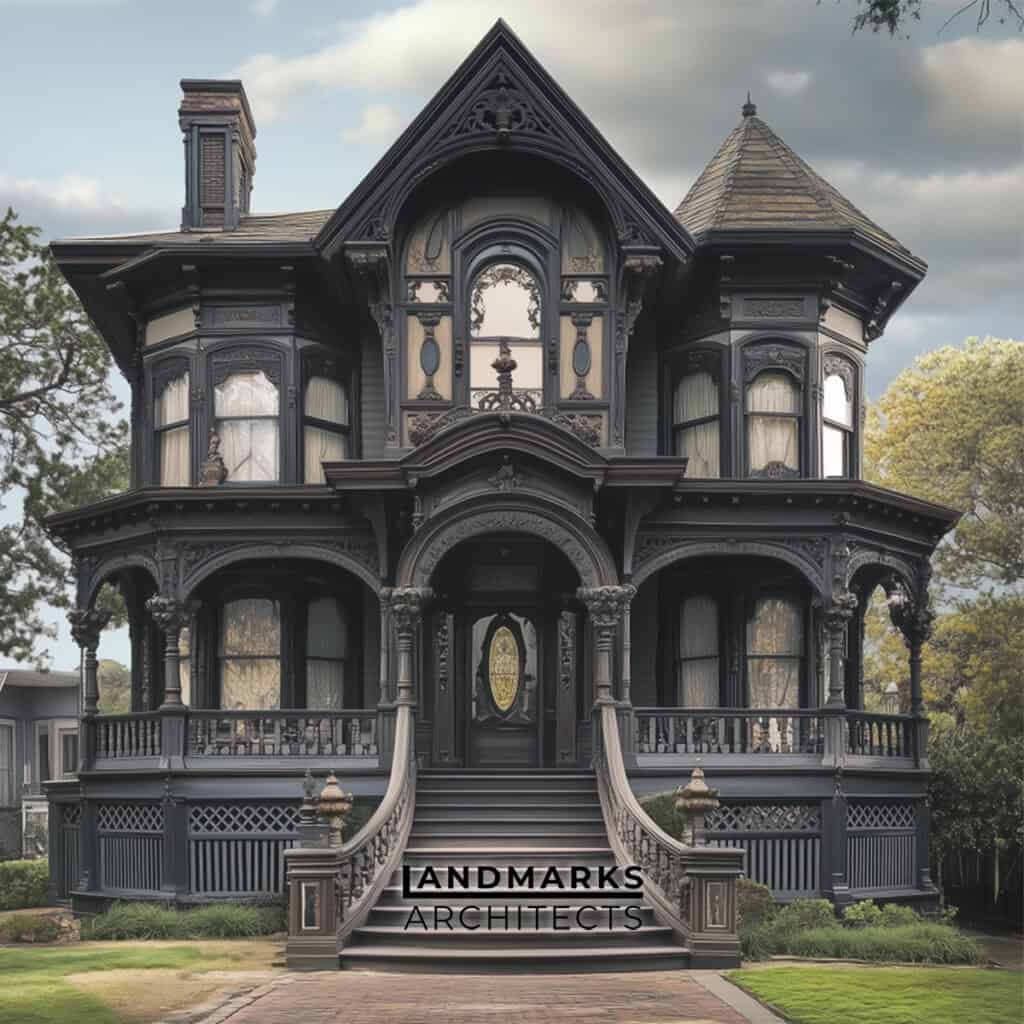
- Industrial Revolution: The Industrial Revolution shaped steampunk. Steam power, gears, and pipes became part of the style. They reflect the age’s technological advances.
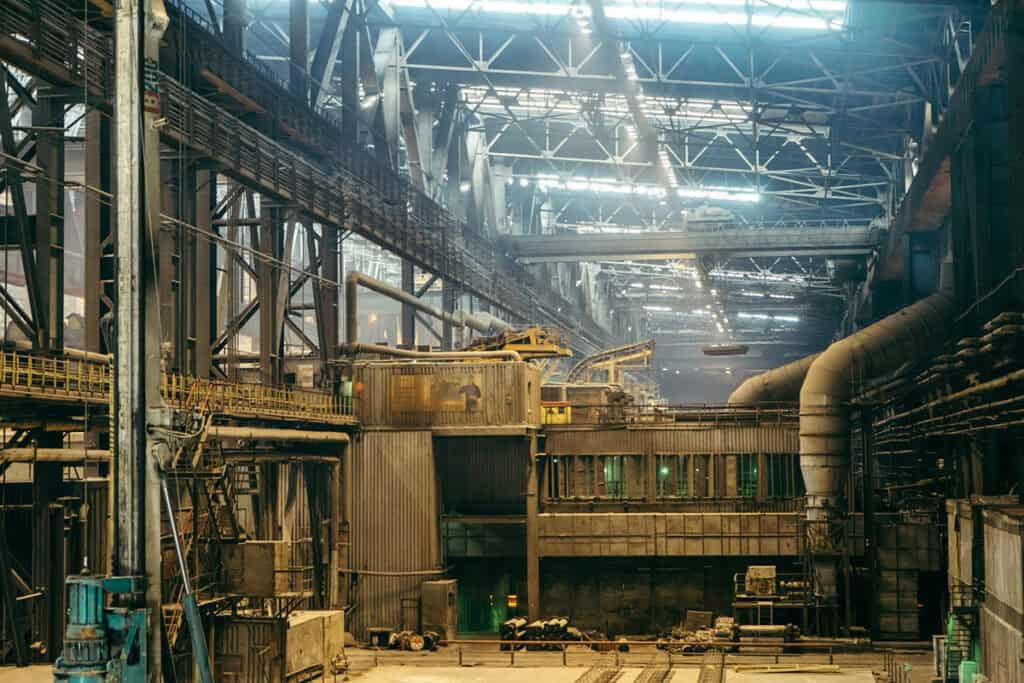
- Steam Power: Steam-powered machines, both practical and decorative, are key to steampunk architecture.
- Jules Verne and Science Fiction: Jules Verne’s books helped shape steampunk. His futuristic machines and steam power inspired the fantastical elements of steampunk.
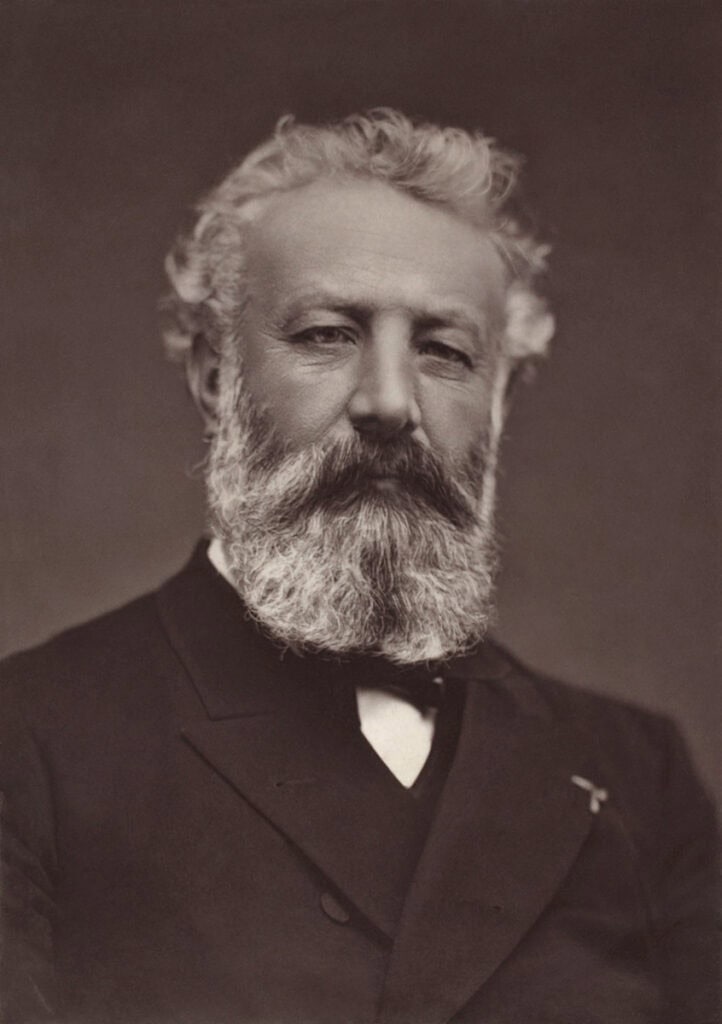
- Steampunk Subculture: The steampunk subculture embraces creativity and invention. It combines the past with futuristic visions, influencing architecture, fashion, and art.
2. Key Characteristics of Steampunk Architecture
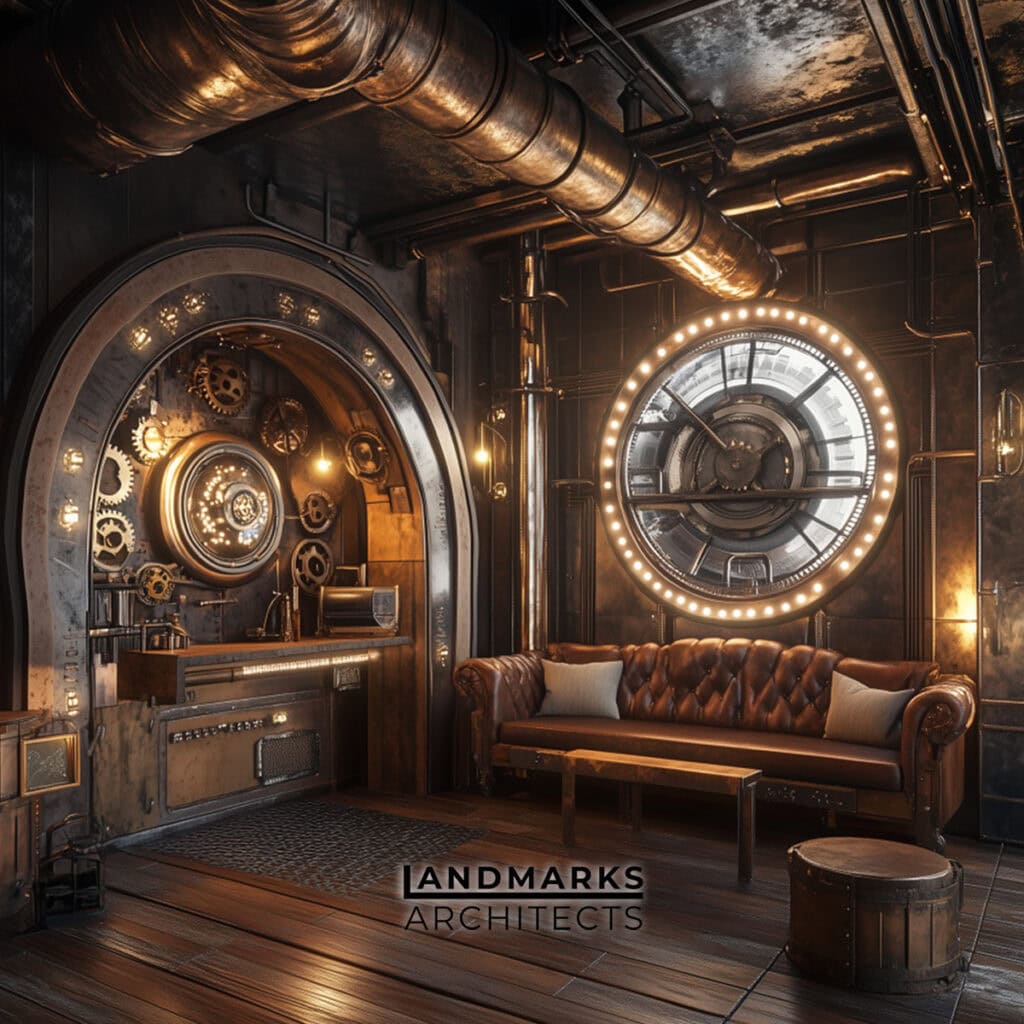
Steampunk architecture takes you to a place where history and fantasy collide. It mixes old-world charm with futuristic ideas.
- Metal Pieces:
Steampunk features metal elements. Brass, copper, and gears are key. They give an industrial feel and a fantasy-like atmosphere.
- Exposed Gears and Pipes:
Gears, pipes, and mechanical components are visible. They add both function and decoration to the design.
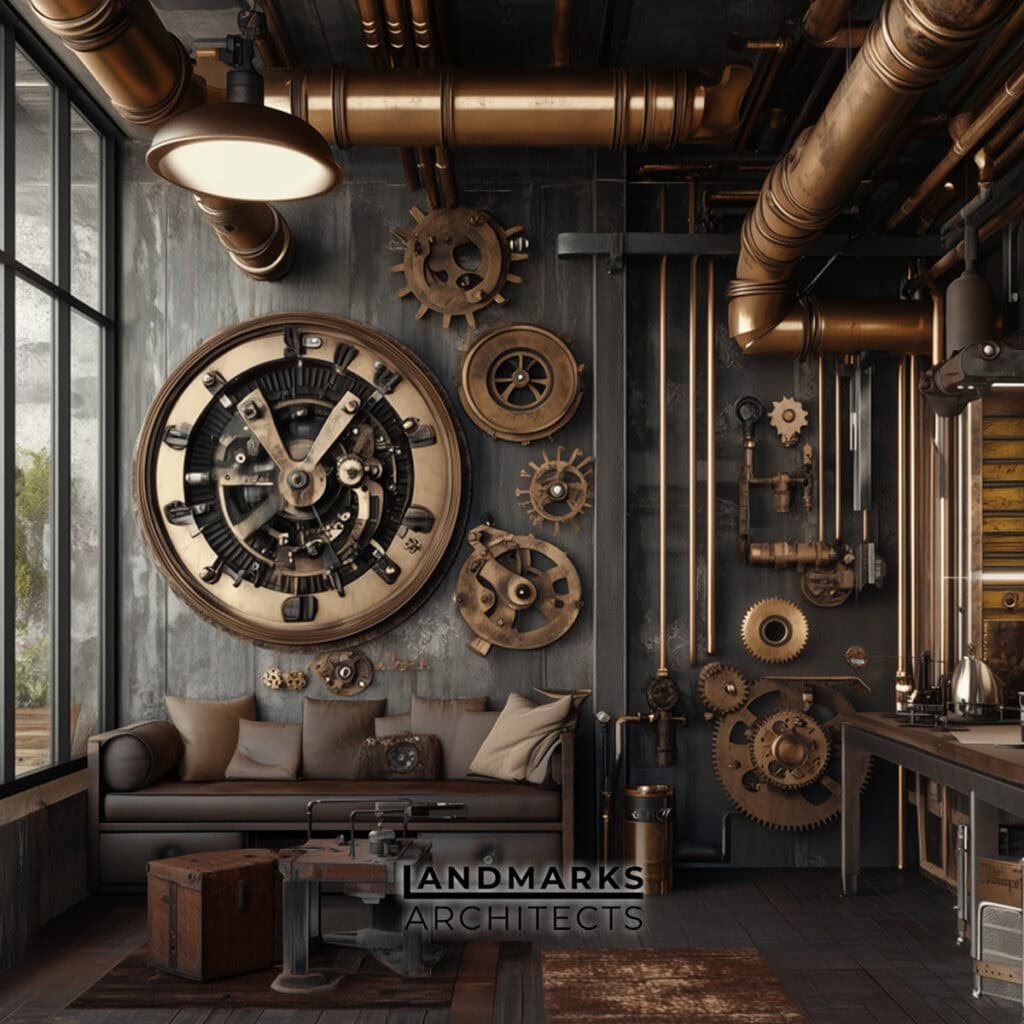
- Steam-Powered Machinery:
Steam-powered machines are a main feature. These machines are often the focal point of steampunk buildings.
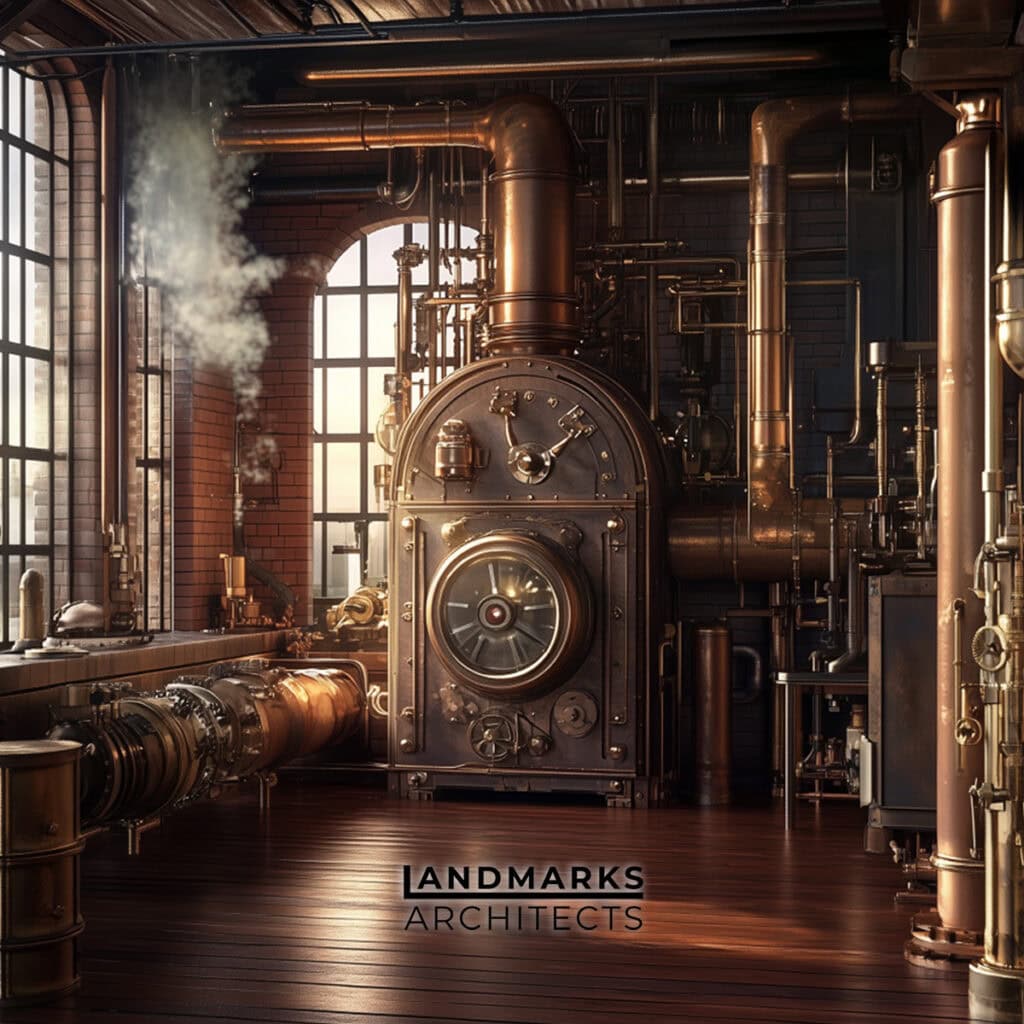
- Victorian Design Elements:
Steampunk blends Victorian details. This includes ironwork, large windows, and decorative facades. It mixes old-world charm with industrial design.
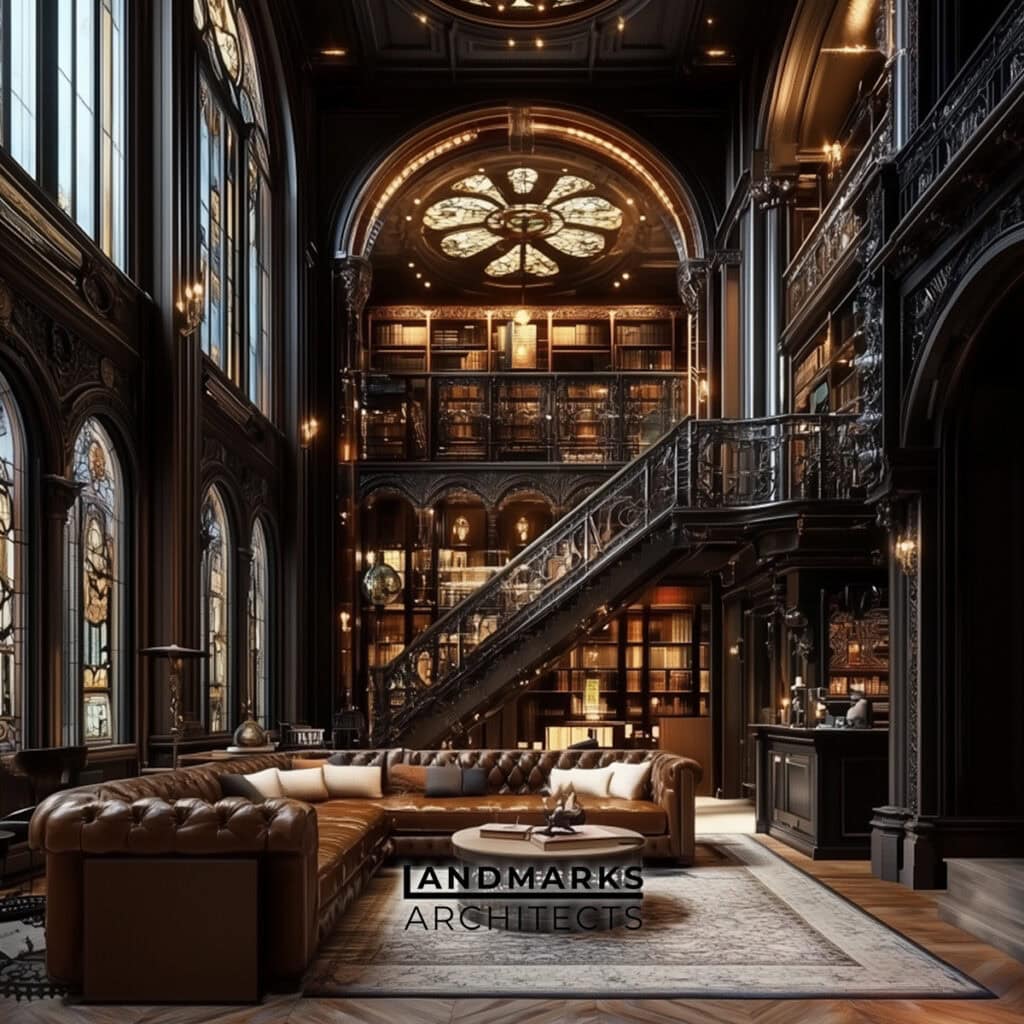
- Color Palette:
The color scheme includes brass, copper, and dark tones. It creates a warm, vintage look.
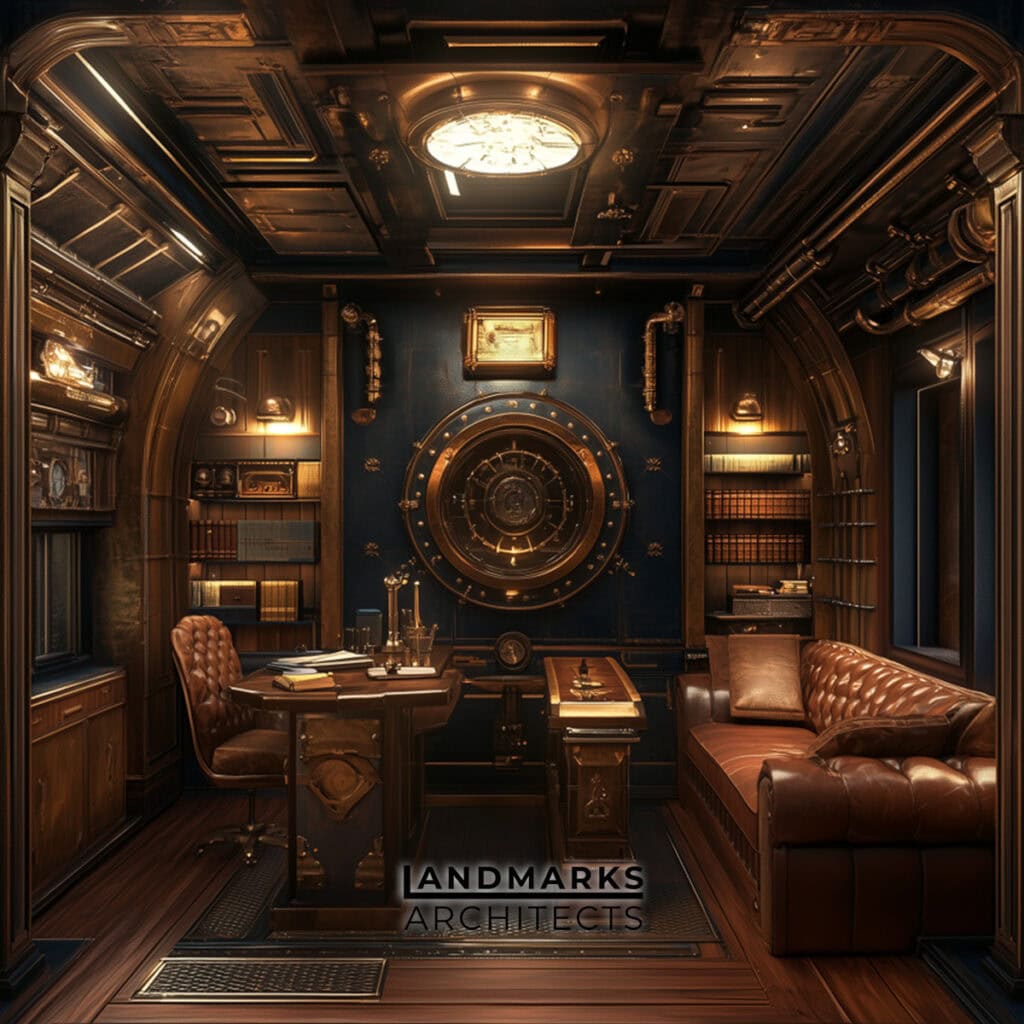
- Vintage Textures:
Distressed wood and worn metal add texture. These features give a sense of age and history.
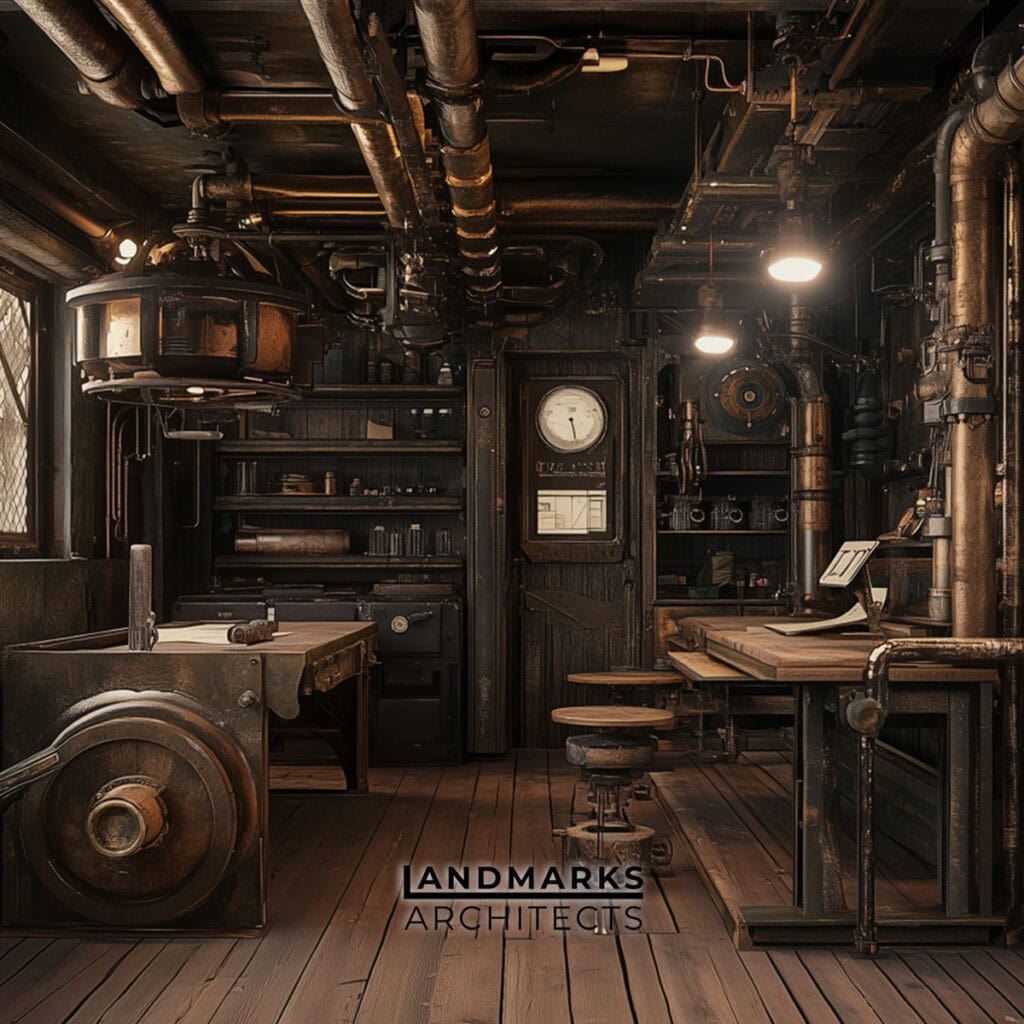
Now that we’ve covered the visual and functional elements of the style, let’s look at how it manifests in real-world architecture.
3. Real-World Examples of Steampunk Style Buildings
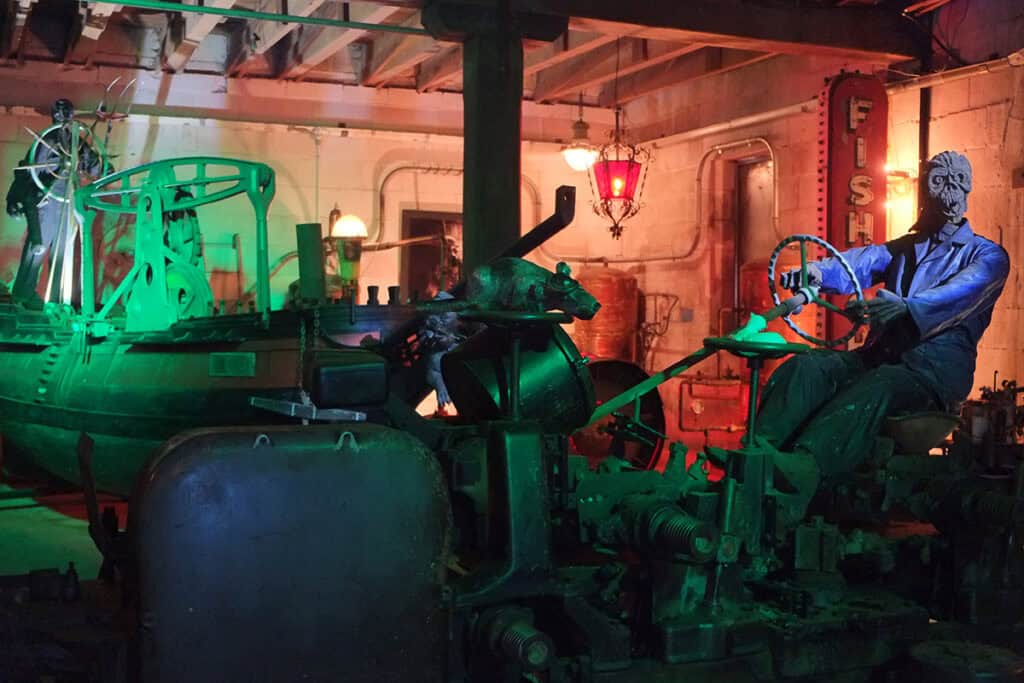
Steampunk has influenced both fictional and real-world buildings. Many steampunk buildings use industrial designs. They feature brass detailing, large windows, and exposed gears. Some steampunk houses mix Victorian exteriors with industrial interiors.
A standout example is Steampunk HQ in Oamaru, New Zealand. Located in a grain elevator from 1883, it displays steampunk art and sculpture. The setting fits well with the town’s Victorian architecture.
4. How to Incorporate Steampunk Style into Your Space
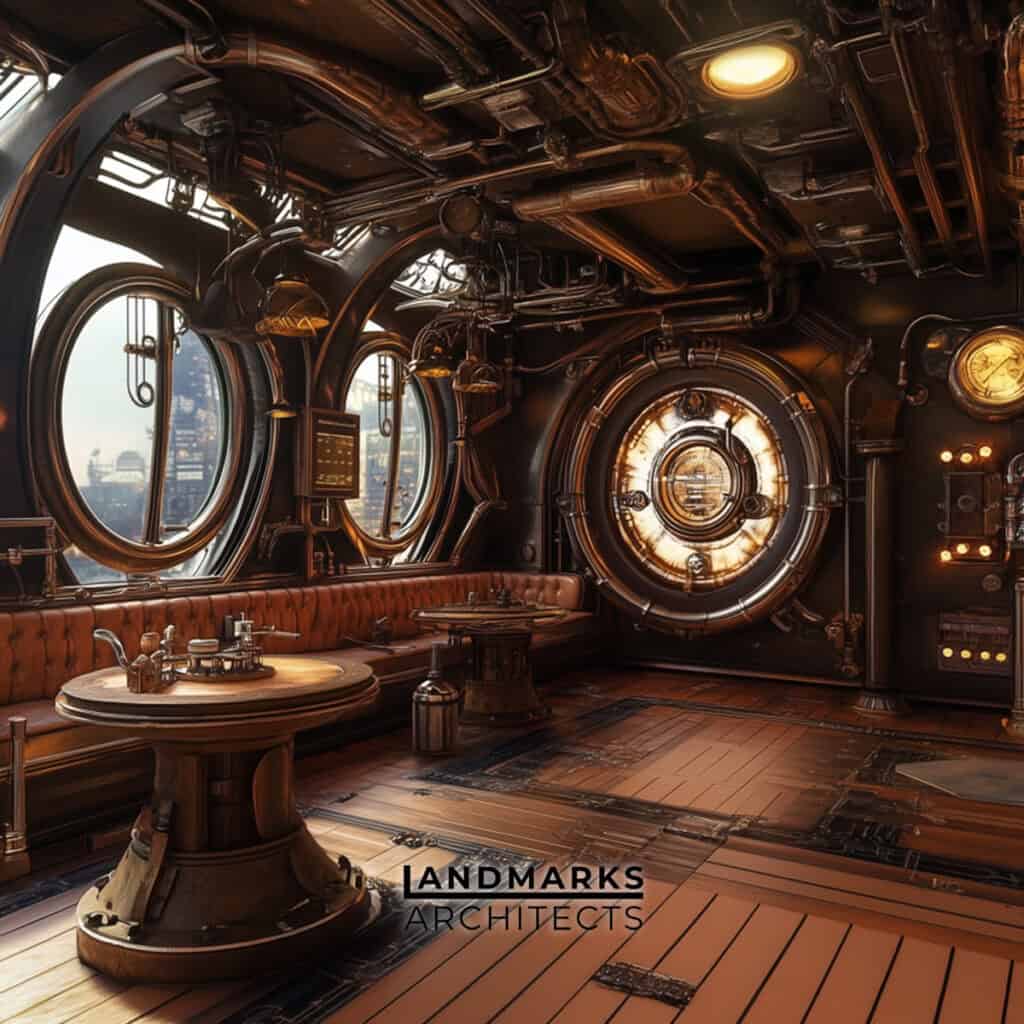
Transform your space with steampunk interior design by blending vintage and modern elements. Inspired by steampunk art, these steps will create an industrial, Victorian-inspired atmosphere.
- Mix vintage and modern elements for contrast.
- Incorporate industrial furniture like metal chairs and leather couches.
- Use steam-powered machinery as decorative pieces.
- Add exposed light bulbs for an industrial look.
- Integrate vintage clocks to enhance the atmosphere.
- Use reclaimed wood for a rustic, worn feel.
- Add distressed metal accents to create an industrial vibe.
- Repurpose gears and pipes for unique DIY decor.
5. The Cultural Significance and Future of Steampunk Architecture
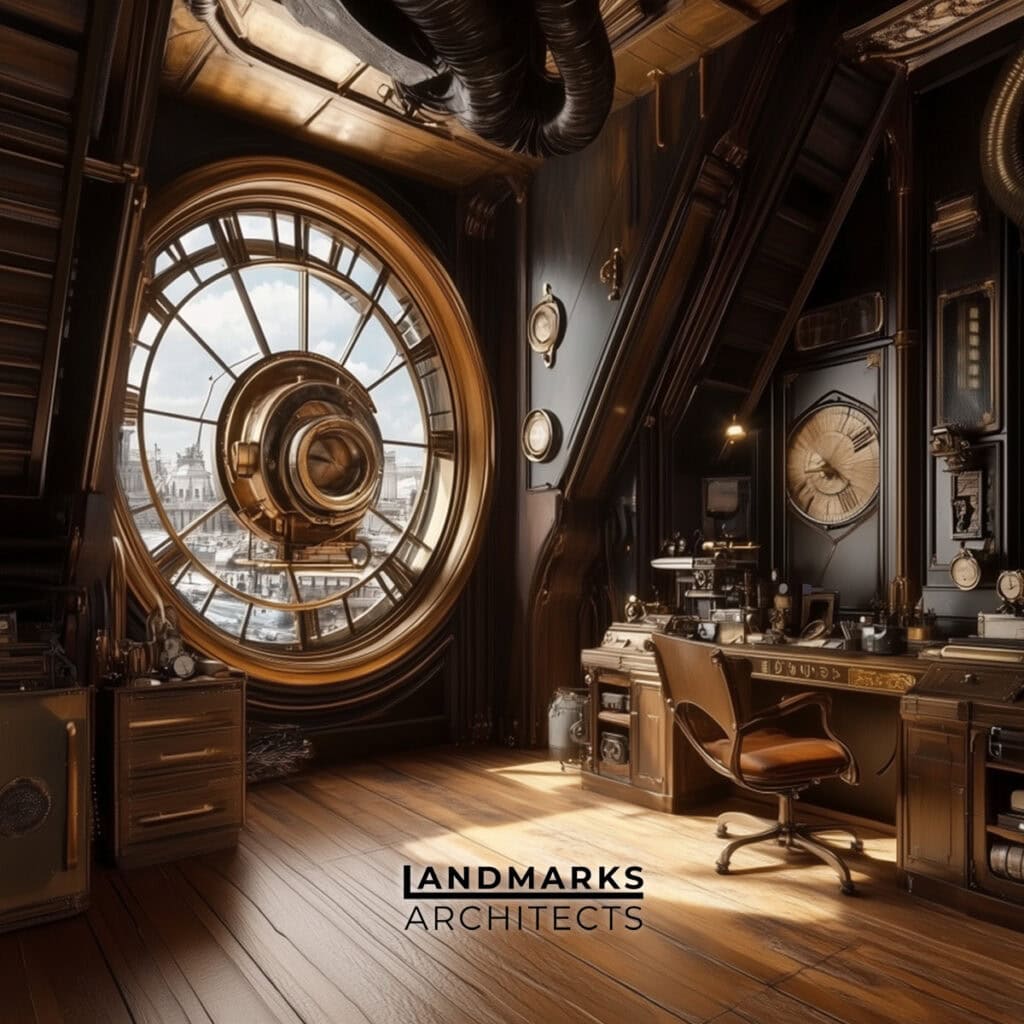
Steampunk mixes old-time charm with a futuristic twist. It honors the past while dreaming of a steam-driven future. It appeals to those who love craftsmanship and industrial design. Steampunk culture is growing.
This trend will inspire creative and sustainable designs. It mixes vintage charm with modern needs. The steampunk genre continues to influence architecture, art, and culture.
Steampunk Architecture Style: A Recap
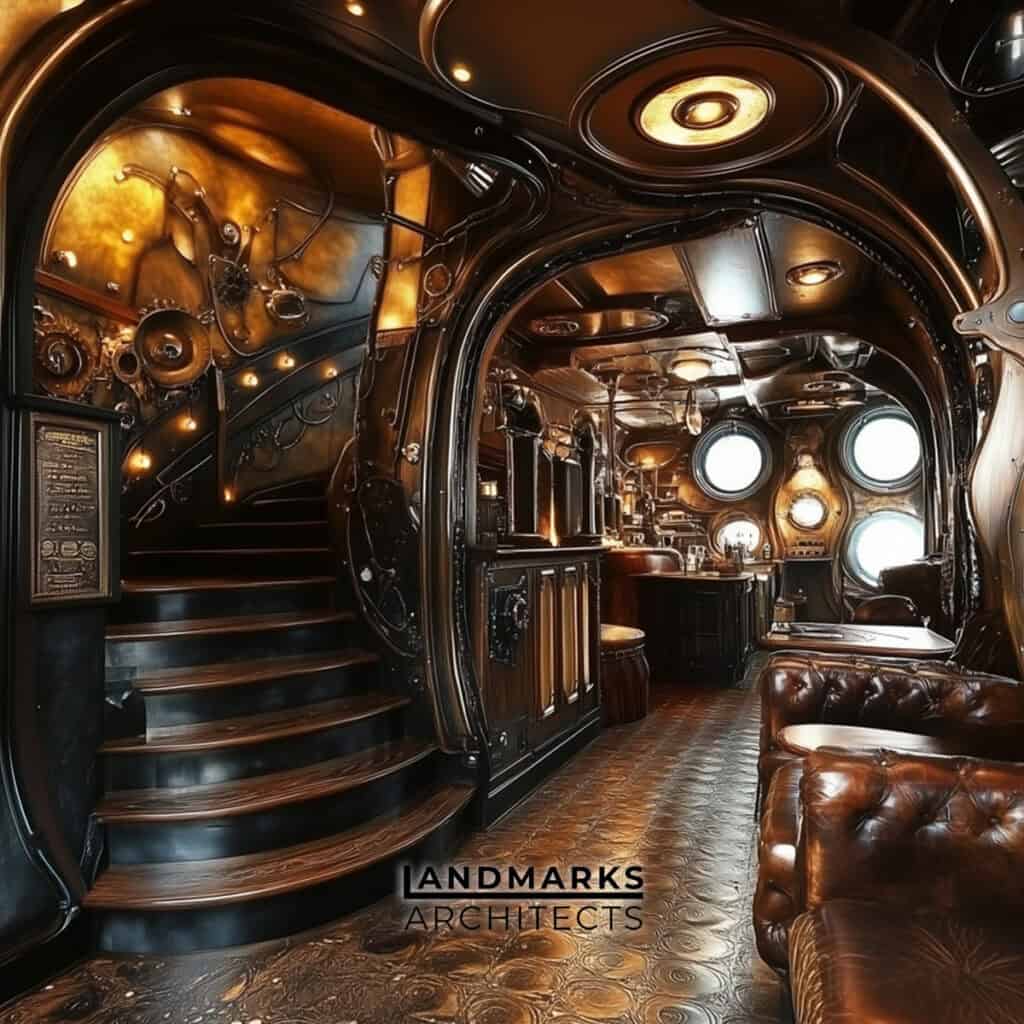
Steampunk architecture mixes Victorian elegance with the mechanical vibe of the Industrial Revolution. With exposed gears, steam-powered features, and vintage textures, it blends history and imagination. Brass details turn function into art.
Ready to bring the magic of steampunk into your world? Naavigate the charm of Victorian architecture with a bold, steampunk twist. Begin with small industrial touches or dive deep into vintage machinery. Let your imagination guide you to a unique space.





